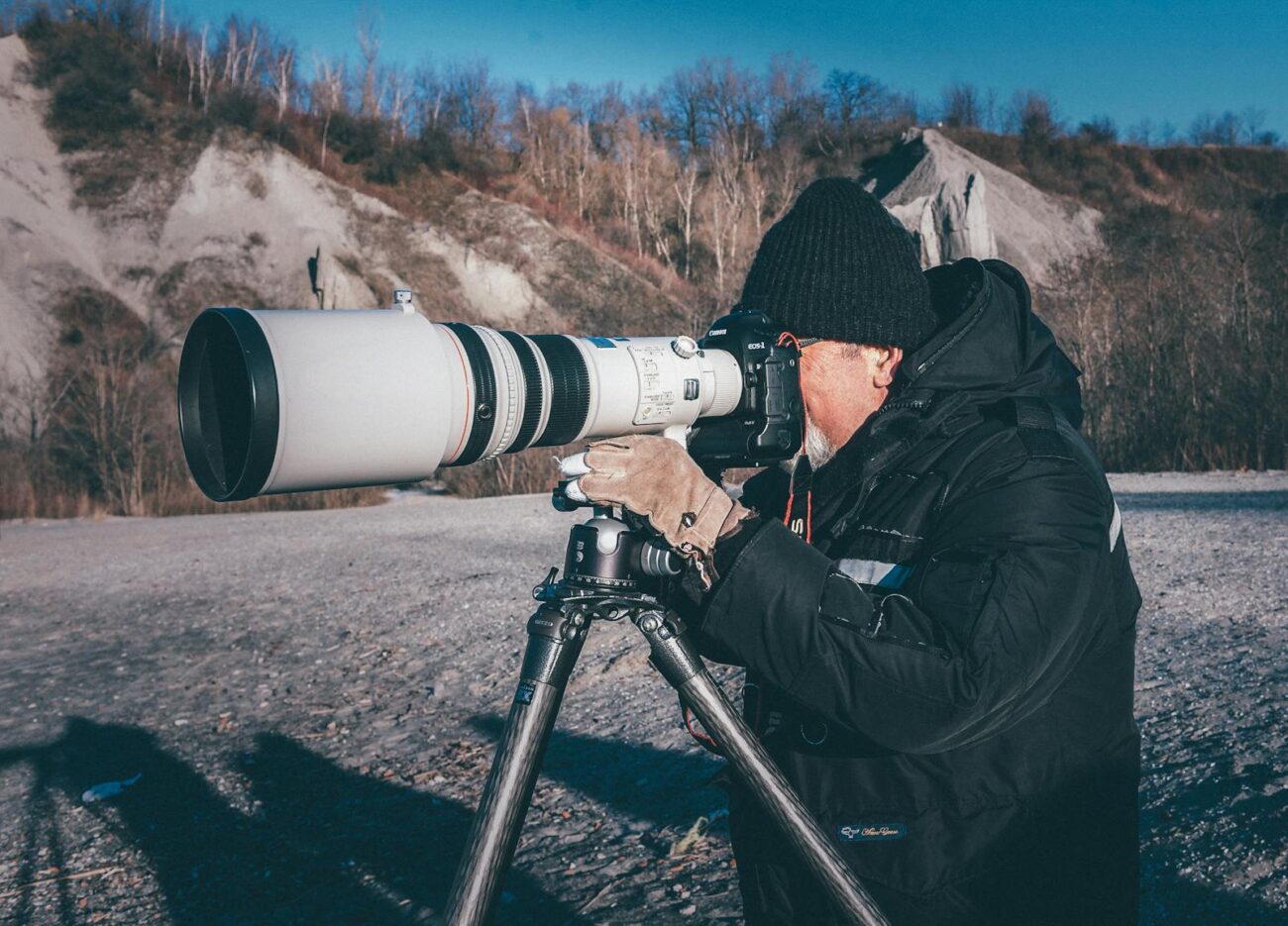The art of wildlife photography represents a beautiful convergence of passion for nature and creative expression. When venturing onto trails with camera in hand, photographers enter a delicate relationship with wild creatures and their habitats. Beyond just capturing stunning images, responsible wildlife photography involves understanding ethical considerations, prioritizing safety for both the photographer and wildlife, and developing effective strategies to document animals in their natural environments. As interest in outdoor recreation and nature photography continues to grow, the need for knowledge about proper wildlife photography practices becomes increasingly important. This article explores the essential elements of trail-based wildlife photography, providing guidance for both novice enthusiasts and experienced photographers seeking to refine their approach to this rewarding pursuit.
Understanding Wildlife Ethics Before You Shoot
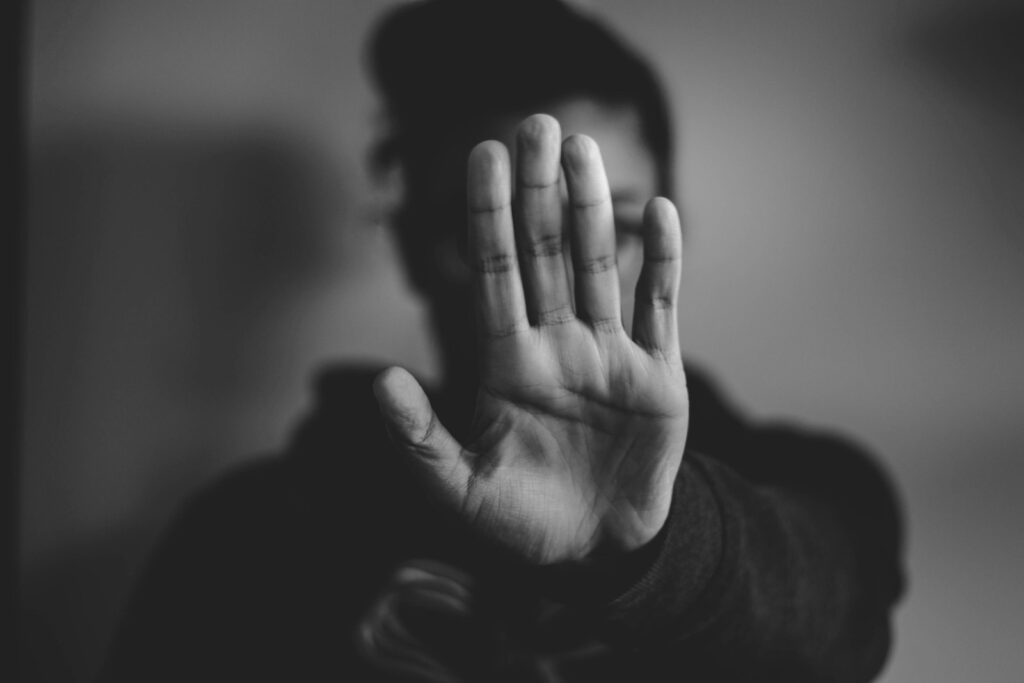
The foundation of ethical wildlife photography begins with the principle of “do no harm” – placing the welfare of animals above getting the perfect shot. This means maintaining appropriate distances that don’t cause stress or behavioral changes in your subjects, which varies significantly by species, habitat type, and individual animals. Wildlife photographers should familiarize themselves with signs of animal distress, including alert postures, defensive displays, vocalizations, or fleeing behavior, and immediately back away if these are observed. The ethics extend beyond the individual animal to the ecosystem as well, requiring photographers to stay on designated trails, avoid trampling vegetation, and never alter the environment by moving branches, rocks, or other natural elements just for compositional purposes. By prioritizing respect for wildlife and their habitats, photographers contribute to conservation efforts and help ensure that future generations can enjoy observing these creatures in their natural state.
Legal Considerations and Protected Species
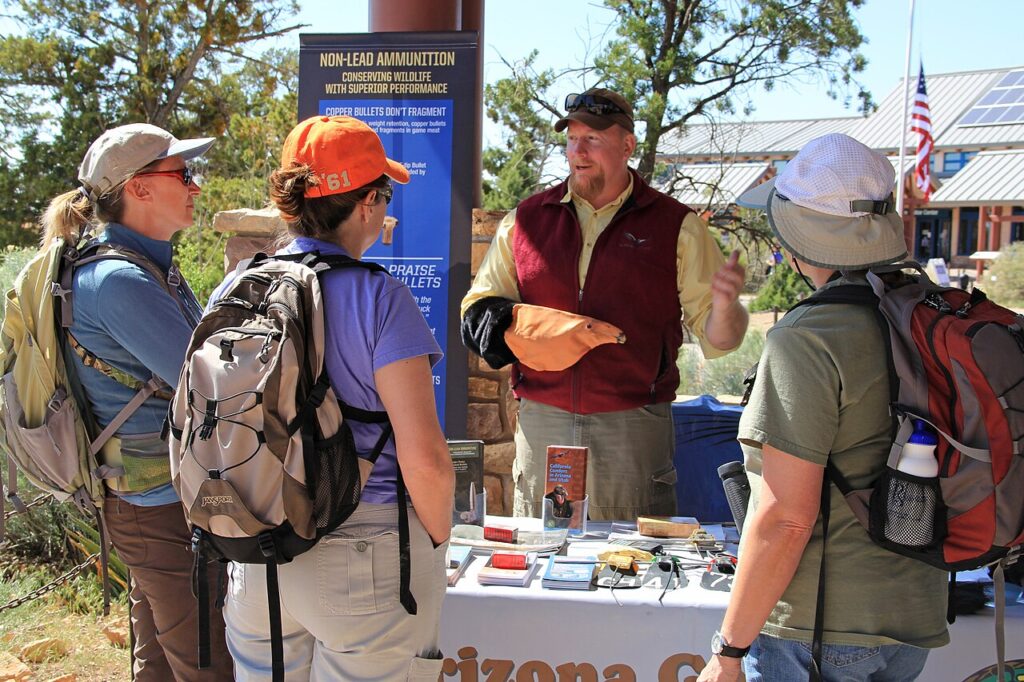
Wildlife photographers must navigate a complex landscape of regulations designed to protect vulnerable species and their habitats. National parks, wildlife refuges, and protected areas often have specific rules regarding wildlife photography, including permit requirements, restricted areas, and limitations on the use of equipment like drones or flash photography. Endangered species are afforded additional legal protections that may prohibit approaching within certain distances or photographing during sensitive periods like breeding season. In some jurisdictions, it’s illegal to use calls, bait, or other means to attract wildlife for photography purposes, as these practices can disrupt natural behaviors and create dangerous dependencies. Before embarking on a wildlife photography expedition, thorough research into local regulations and consultation with park rangers or wildlife authorities can prevent unintentional violations that might harm animals or result in significant penalties.
Essential Gear for Trail Wildlife Photography
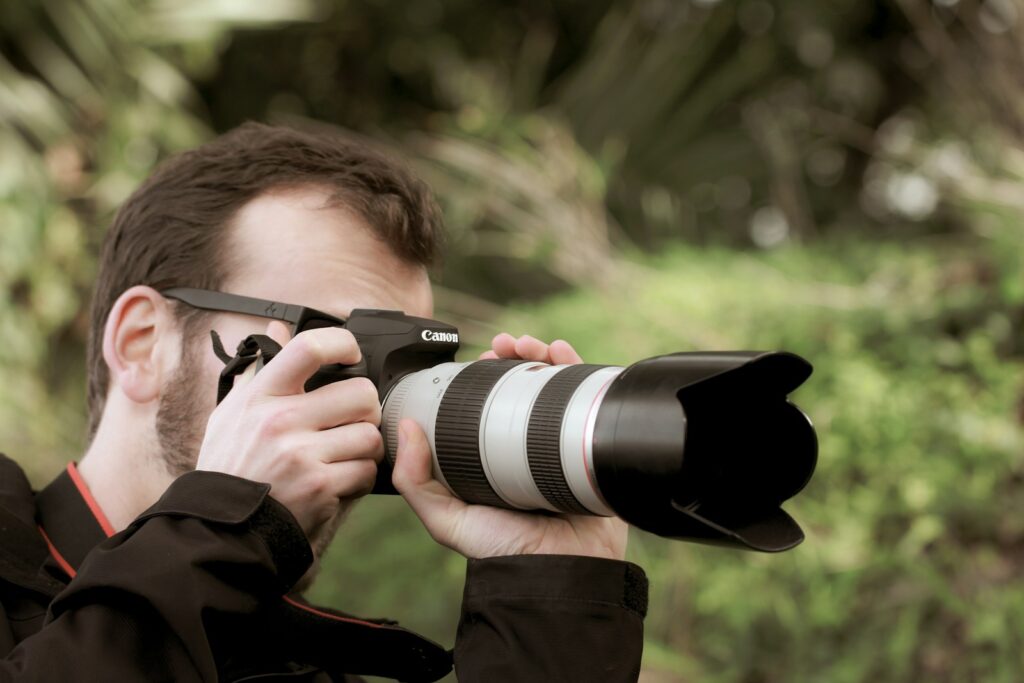
The right equipment makes a tremendous difference in wildlife photography, allowing photographers to maintain safe distances while still capturing intimate portraits. A telephoto lens (200mm to 600mm) represents the most important investment, enabling close-up images without approaching animals too closely. Weather-sealed camera bodies provide protection against unexpected rain, humidity, or dust that wildlife photographers frequently encounter on trails. Beyond camera equipment, essential gear includes a sturdy tripod or monopod to stabilize long lenses, neutral-colored clothing that doesn’t attract attention, and a comfortable backpack designed to carry equipment safely while leaving hands free for hiking. Additional considerations include extra batteries (which drain faster in cold conditions), memory cards, lens cleaning supplies, and weather protection for both photographer and equipment – elements that can make the difference between a successful outing and a frustrating experience.
Safety Protocols in Wildlife Habitats
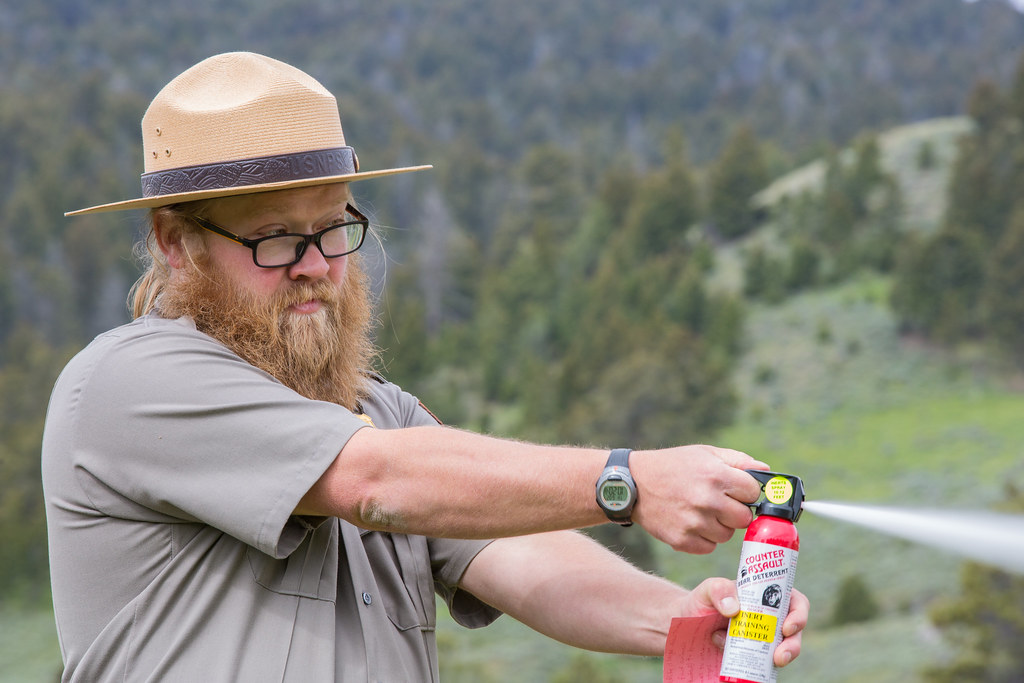
Wildlife photography involves inherent risks that require preparation and awareness to mitigate effectively. Maintaining appropriate distances from potentially dangerous animals like bears, moose, bison, or venomous snakes is non-negotiable, with recommended safe distances varying from 25 yards for most wildlife to at least 100 yards for predators or large mammals. Photographers should always have an escape route planned and remain vigilant of their surroundings rather than becoming fixated on their viewfinder. Carrying bear spray in appropriate habitats, hiking with companions when possible, and making noise while moving through dense vegetation helps prevent surprising animals, which is a common cause of defensive wildlife encounters. Weather conditions present additional hazards, requiring photographers to monitor forecasts, dress appropriately for changing conditions, and know when to abandon a shoot if lightning, flash floods, or extreme temperatures create dangerous situations that no photograph is worth risking.
Finding Wildlife: Research and Field Techniques

Successful wildlife photography begins long before entering the field, with careful research into species behavior, habitat preferences, and activity patterns. Speaking with local naturalists, park rangers, or wildlife biologists can provide invaluable information about recent sightings and animal movement patterns in specific areas. On the trail, effective wildlife finding techniques include moving slowly and quietly, scanning with binoculars, listening for alarm calls from birds or small mammals, and looking for tracks, scat, or other signs of animal presence. Early morning and late afternoon typically offer the best opportunities as many animals are most active during these crepuscular periods, taking advantage of cooler temperatures while providing photographers with beautiful golden-hour lighting. Developing patience is perhaps the most essential skill, as wildlife photography often involves extended periods of waiting in promising locations rather than constantly moving in search of subjects.
Camera Settings for Wildlife Action

Wildlife behavior is often unpredictable and fleeting, requiring photographers to prepare their camera settings in advance to capture decisive moments. Fast shutter speeds—typically 1/1000 second or faster—are essential for freezing action and maintaining sharpness when photographing moving animals or birds in flight. Continuous autofocus (AF-C or AI Servo) mode enables the camera to track moving subjects, while back-button focusing separates focus activation from the shutter button, giving photographers more control in dynamic situations. Shooting in burst mode increases the chances of capturing perfect expressions or action sequences, though this requires larger memory cards and more post-processing time. While automatic exposure modes can work well in consistent lighting, many wildlife photographers prefer aperture priority with exposure compensation adjustments or even full manual mode in challenging lighting conditions like backlighting or dappled forest shade, ensuring proper exposure of the primary subject rather than the overall scene.
The Art of Patience: Waiting for the Perfect Moment
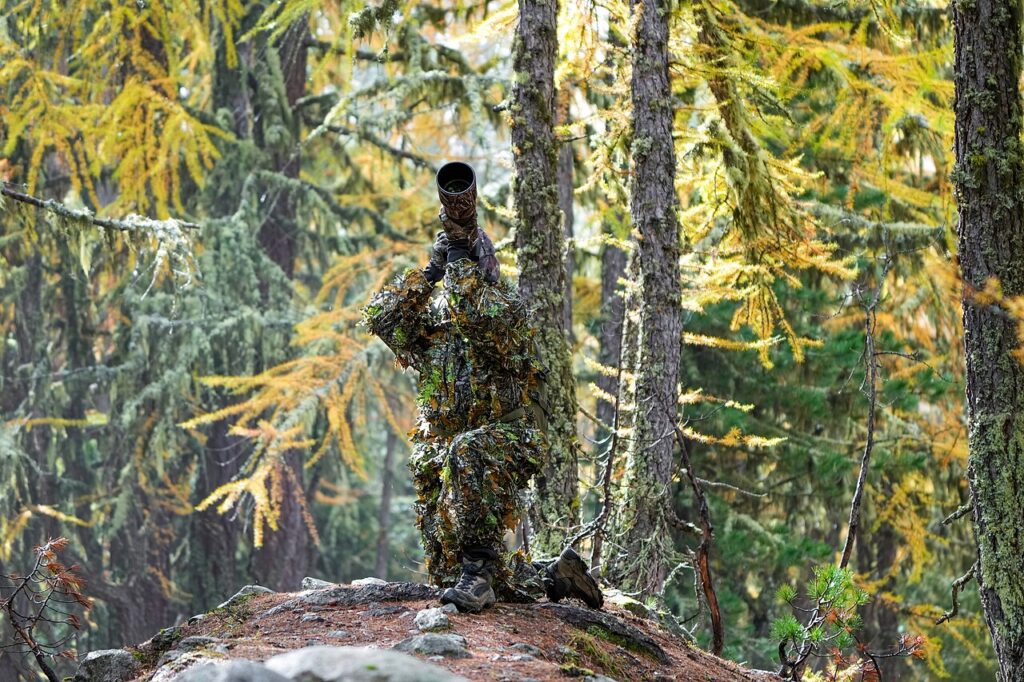
Patience represents perhaps the most underrated yet essential skill in wildlife photography, often making the difference between mediocre snapshots and compelling images that tell stories. Successful wildlife photographers frequently spend hours observing a single location or subject, waiting for interesting behaviors, perfect light, or meaningful interactions between animals. This waiting period serves dual purposes – it allows animals to become accustomed to the photographer’s presence, potentially resulting in more natural behavior, while also giving photographers time to observe patterns and anticipate decisive moments before they occur. Building patience requires mental preparation and physical comfort; bringing a lightweight sitting pad, appropriate clothing for extended periods of stillness, water, and snacks enables longer, more productive sessions. The rewards of patience extend beyond better photographs to include deeper appreciation of wildlife behavior and ecological relationships – insights that ultimately inform more meaningful and contextual images.
Composing Powerful Wildlife Images
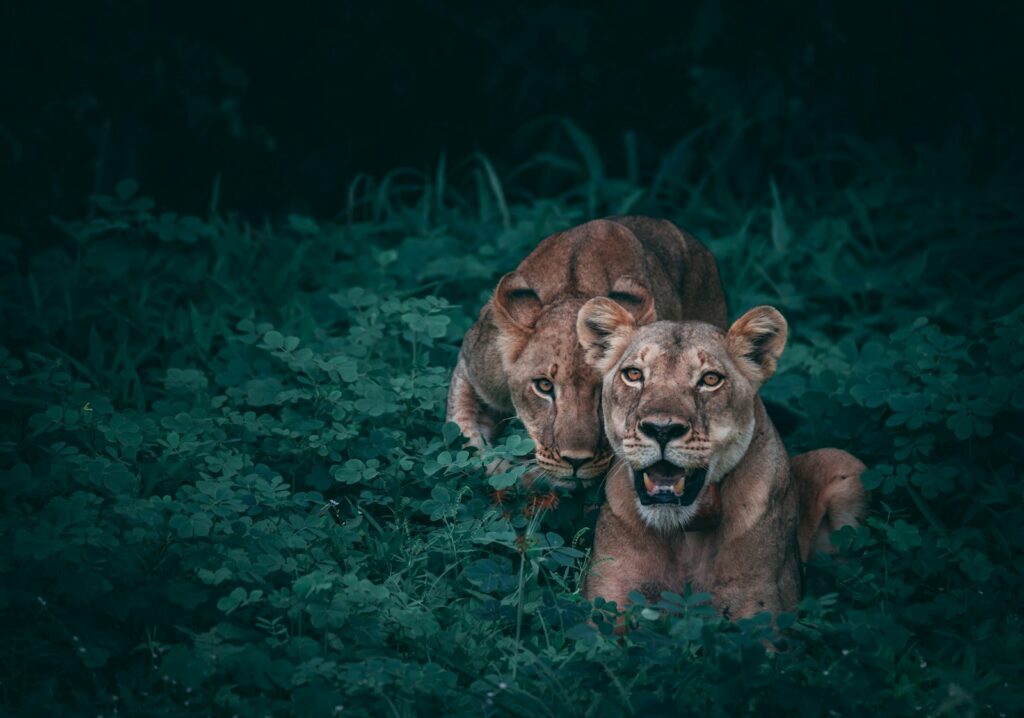
Thoughtful composition elevates wildlife photography from mere documentation to compelling visual storytelling. Including environmental context rather than always filling the frame with the subject can create more informative images that show how animals interact with their habitat, though this requires careful attention to backgrounds that complement rather than distract from the subject. The direction of the animal’s gaze creates implied space that should generally be included in the frame, giving viewers a sense of what the animal might be observing or moving toward. Eye contact with the subject often creates powerful connections between viewers and wildlife, though images showing natural behavior without awareness of the camera can be equally compelling in different ways. Photographers should remain mindful of horizon lines, leading lines in the landscape, and the rule of thirds when composing, while also staying flexible enough to break these “rules” when the situation warrants a different approach to convey the essence of the wildlife encounter.
Working with Challenging Lighting Conditions
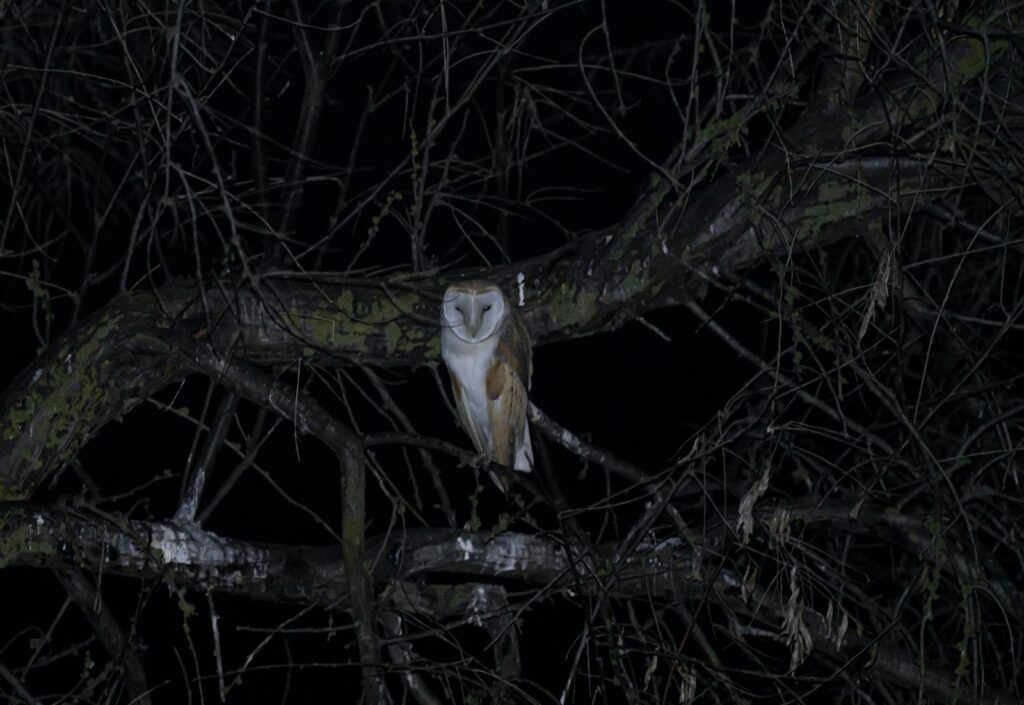
Wildlife photographers regularly face lighting challenges that require technical knowledge and creative problem-solving to overcome. Forest environments present particularly difficult conditions with dappled light, deep shadows, and bright highlights creating extreme contrast that exceeds the dynamic range of most cameras. Exposure compensation becomes an essential tool in such situations, often requiring positive compensation (+0.5 to +2.0 stops) to properly expose dark-colored animals or subjects in shadowy areas. Early morning fog or golden hour light can transform ordinary scenes into magical moments, but they require rapid adaptation as light changes quickly during these periods. While flash is generally discouraged for most wildlife photography due to its potential to startle animals, fill-flash at reduced power can occasionally help in extreme backlit situations with cooperative subjects at appropriate distances. Many experienced wildlife photographers rely on the camera’s histogram rather than the LCD image preview to evaluate exposure accuracy, ensuring they capture the full range of tones necessary for post-processing flexibility.
Seasonal Considerations for Wildlife Photography
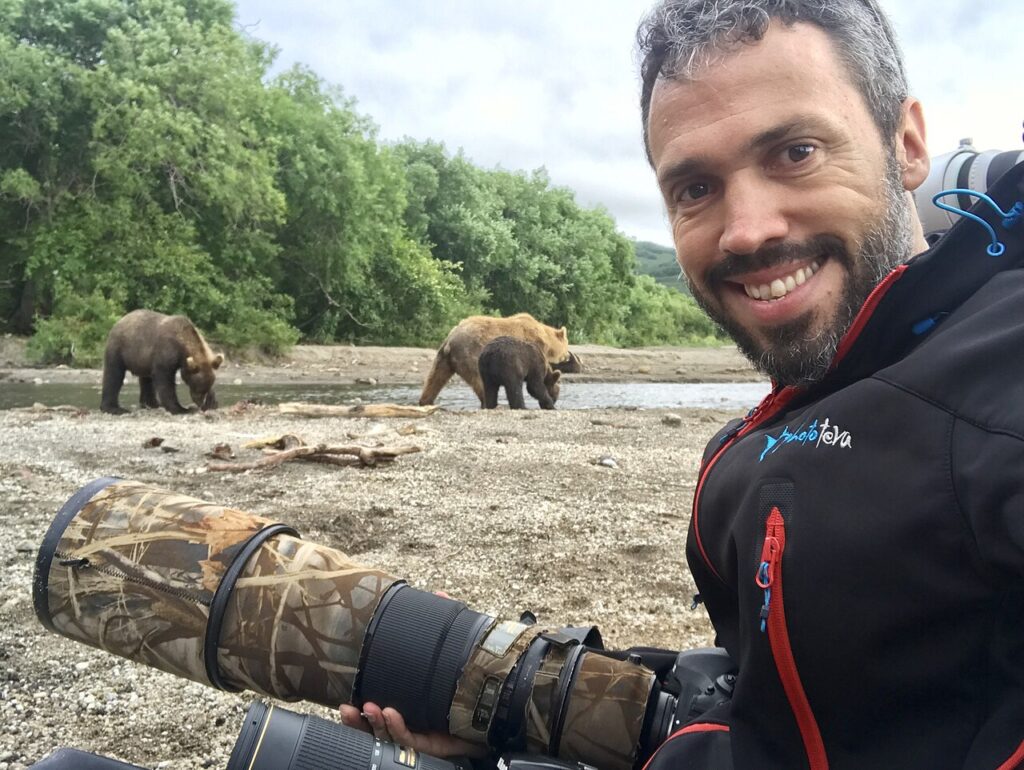
Each season presents unique wildlife photography opportunities and challenges that influence both subject availability and shooting approach. Spring offers abundant new life with nesting birds, emerging youngsters, and dramatic courtship behaviors, though photographers must be especially cautious to avoid disturbing breeding activities. Summer provides longer shooting hours and accessible alpine areas, but midday heat often reduces animal activity, pushing productive shooting times to very early morning or evening. Fall brings spectacular backdrop colors and increased activity as animals prepare for winter, including dramatic elk or moose rut behaviors and bird migrations that create special photographic opportunities. Winter presents both challenges and rewards – the technical difficulties of cold weather photography are balanced by improved visibility through leafless forests, dramatic light on snowy landscapes, and the possibility of capturing unique cold-weather adaptations and behaviors. Successful photographers research seasonal wildlife patterns for their region and adapt their techniques accordingly throughout the year.
Documenting Behavior Rather Than Just Appearance

The most compelling wildlife photographs typically capture meaningful behavior rather than simply recording what an animal looks like. Observing animals for extended periods allows photographers to anticipate interesting moments such as hunting, feeding, territorial displays, parental care, or social interactions that reveal something about the species’ ecology and life history. Capturing behavioral sequences rather than single images can tell more complete stories, requiring photographers to continue shooting through an entire event rather than stopping after the first few frames. Including multiple animals in the frame when appropriate adds complexity and relationship dimensions to images, though this requires mastery of depth of field to keep critical elements in focus. Context matters tremendously in behavioral photography – understanding the significance of the behaviors being observed enables photographers to better anticipate decisive moments and create images that are not only visually appealing but also scientifically accurate and educationally valuable.
Minimizing Your Impact on the Trail
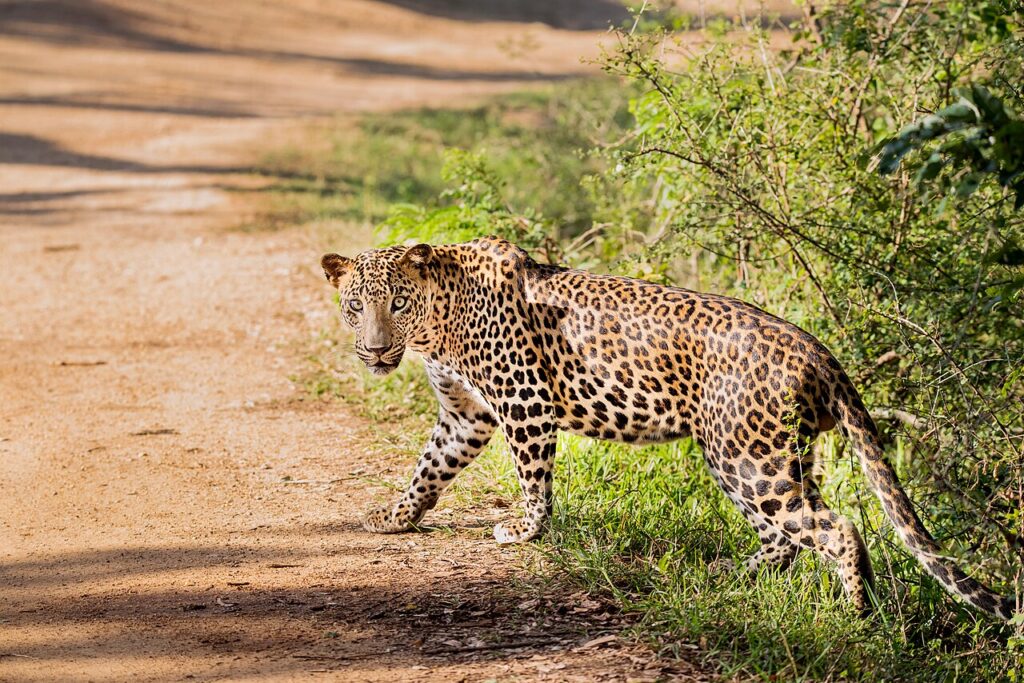
Responsible wildlife photographers embrace a “leave no trace” ethic that extends beyond basic trail etiquette to include considerations specific to their craft. This includes staying on established trails whenever possible to prevent habitat fragmentation and vegetation damage, even when tempted to move closer to a subject. Photographers should never alter the environment by removing branches, moving rocks, or clearing vegetation to improve a shot, as these seemingly minor changes can have cumulative impacts when practiced by many visitors. Noise discipline is particularly important, keeping voices low and eliminating unnecessary sounds like phone notifications, velcro closures, or equipment rattling that might disturb wildlife or other trail users seeking natural experiences. Proper waste management includes packing out all trash and being particularly careful with small items like lens caps, memory card cases, or food wrappers that might be inadvertently dropped during equipment changes or while photographing in excitement. By minimizing their impact, photographers help preserve both the ecological integrity of wild places and the quality of experience for other visitors.
Sharing Images Responsibly in the Digital Age

The responsibility of wildlife photographers extends beyond the field to how they share their images and the stories they tell about them. Geotagging specific locations of sensitive wildlife, particularly rare or vulnerable species, can lead to overcrowding and habitat disturbance as others seek to replicate images. When posting images to social media or photography platforms, photographers should consider using general location information rather than precise coordinates for sensitive sites. Honest captioning is equally important – clearly distinguishing between wild and captive animals, avoiding anthropomorphizing behaviors, and not claiming images were captured naturally if they involved any form of baiting or manipulation. Educational captions that include accurate information about species, behaviors, and conservation status transform wildlife images from mere entertainment to valuable tools for promoting awareness and appreciation. The most responsible photographers use their work as a platform to advocate for wildlife conservation, habitat protection, and ethical wildlife viewing practices, recognizing the privilege of documenting wild creatures in their natural environments.
Wildlife photography along trails offers extraordinary opportunities to connect with nature, document biodiversity, and create compelling images that inspire conservation. When approached with respect for wildlife, awareness of safety considerations, and a commitment to ethical practices, it becomes a rewarding pursuit that benefits both the photographer and the natural world. The most successful wildlife photographers combine technical skill with ecological knowledge, patience, and a deep appreciation for the animals they photograph. By prioritizing the welfare of wildlife over getting the “perfect shot,” photographers contribute to a culture of responsible nature observation that ensures wild creatures can continue their natural behaviors undisturbed. Whether you’re a beginner with a point-and-shoot camera or a professional with advanced equipment, the principles of ethical wildlife photography remain the same: tread lightly, observe quietly, and capture thoughtfully. The resulting images will not only showcase the beauty of wildlife but also reflect the integrity of the process used to create them.

